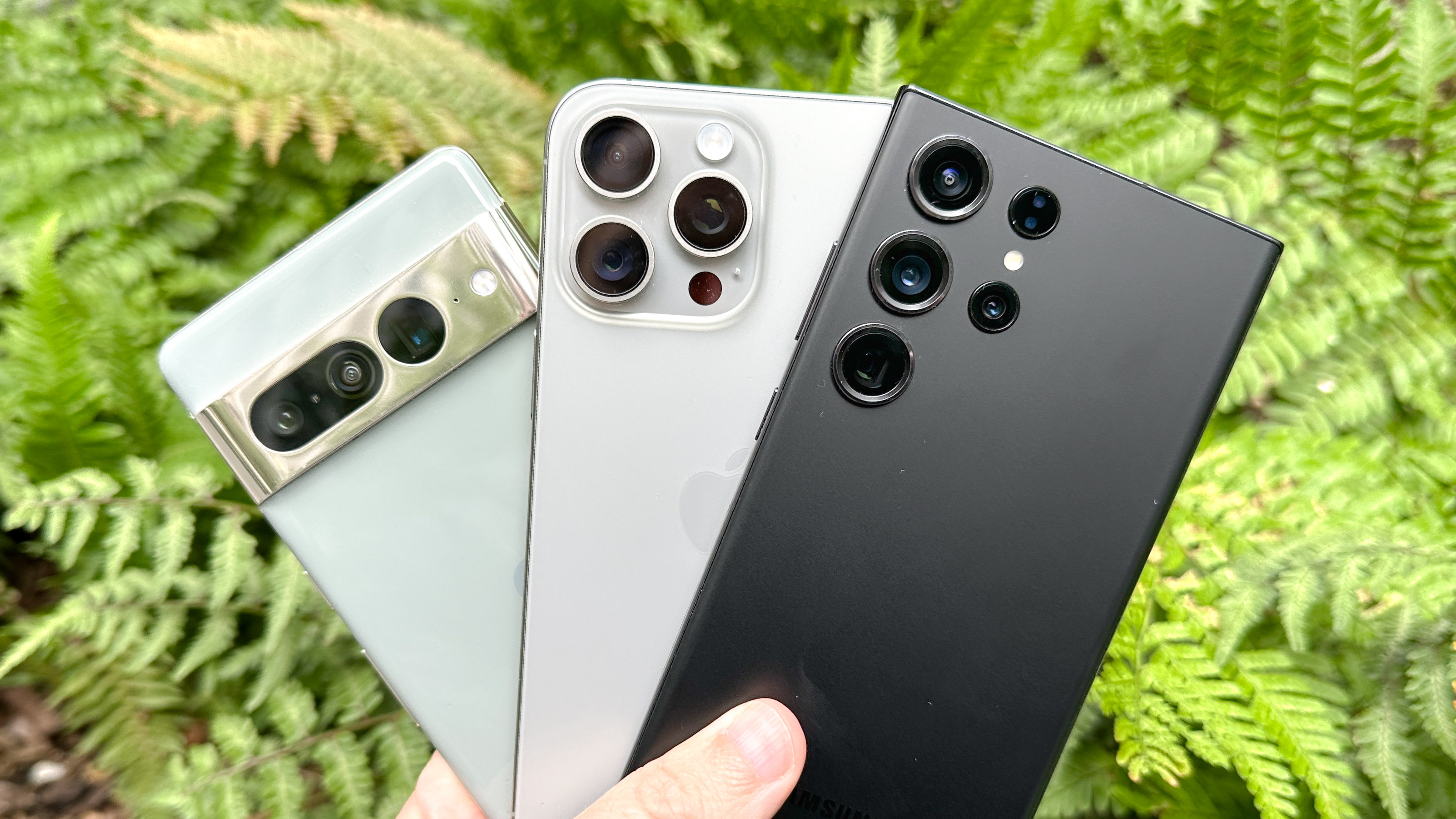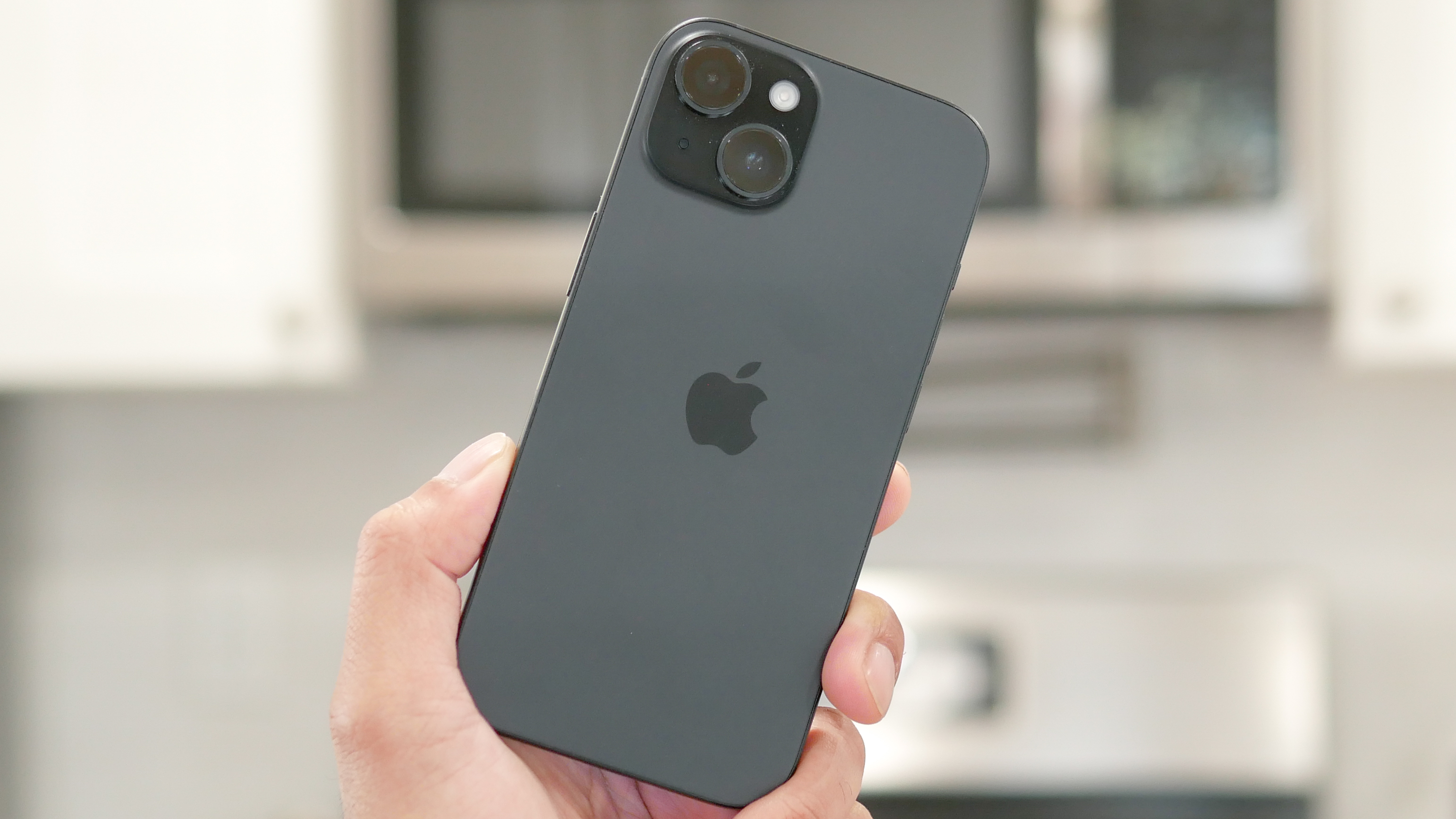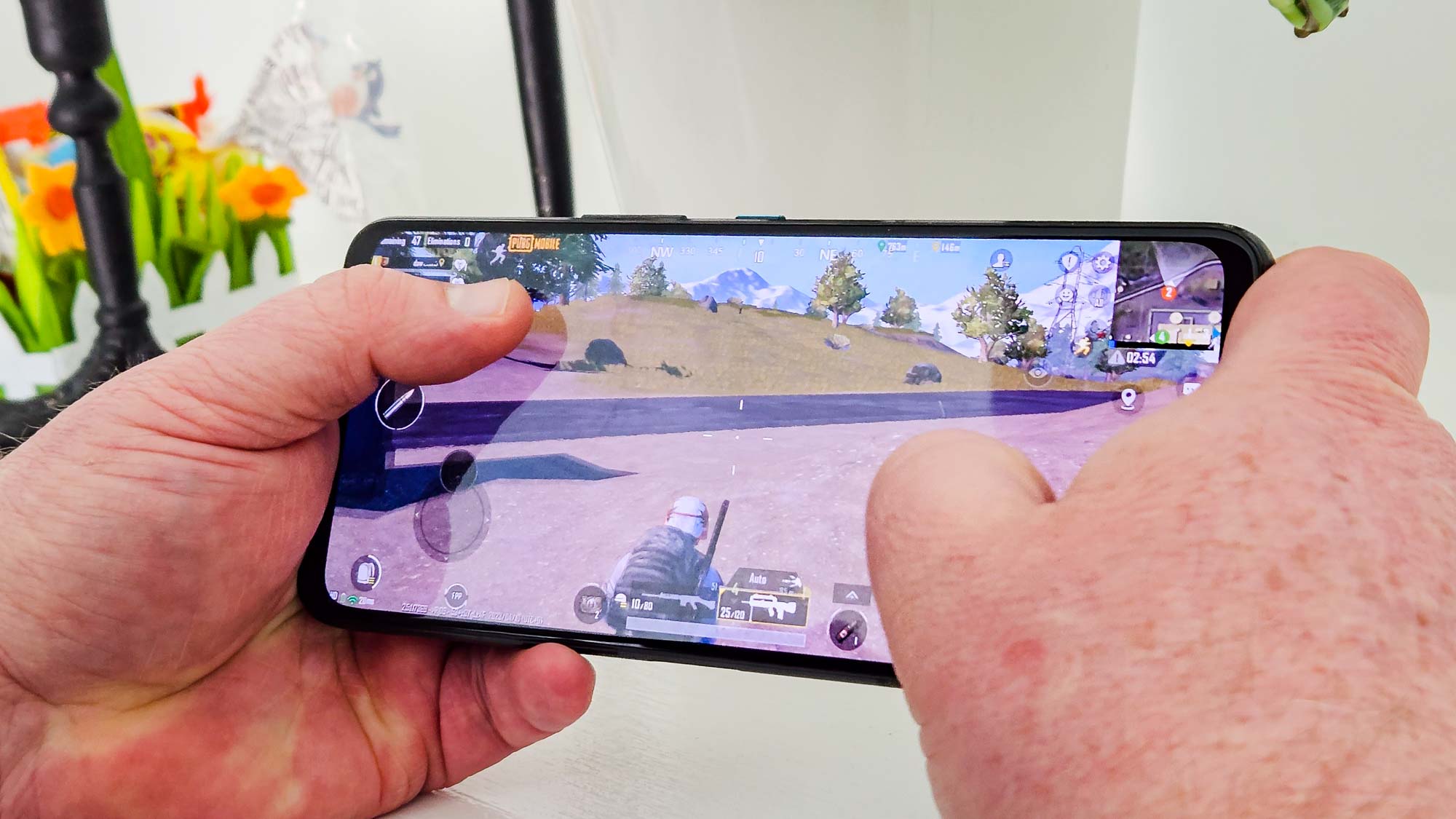
If you're the sort of person who upgrades to a new smartphone every year, you're in rare company. Most of us are holding on to smartphones longer than ever — and it's not a trend that's expected to reverse itself anytime soon.
Just how long people are holding on to their phones depends on who's doing the counting. Statista says U.S. consumer phones currently have an average replacement cycle of 2 years and 7 months, with that number expected to reach 3 years by 2026. We're already there, though, according to Assurant, which manages phone trade-ins for wireless carriers. In its latest report, Assurant places the average age of devices turned in for trade-in and upgrade programs at 3.5 years.
No matter whose math you're using, the trend is undeniable. "People are increasingly reluctant to dive into the market and upgrade their phone," said Liam Howley, chief marketing officer at Decluttr, which handles sales of refurbished tech like mobile phones.
Here's a closer look at some of the reasons why people aren't snapping up new phones with the fervor they used, and what you need to consider when shopping for a new device if you want your phone to stand the test of time.
Why we're not upgrading our phones as often

Things have changed since Steve Job pulled the first iPhone out of his pocket 16 years ago. While the phones being produced today are better than ever, they also sport fewer year-over-year changes. While the iPhone 15 may have gotten a big boost to its cameras in the form of a 48MP main shooter as well as other changes like a USB-C port and a notch-replacing Dynamic Island cutout, that model followed the iPhone 14, which changed very little from the iPhone 13 that preceded it.
These days, phone updates feel more like the iPhone 14 than the iPhone 15.
"Smartphones are a mature technology and most consumers don’t see the need to upgrade every year — or even every two years — just to get iterative improvements," said Avi Greengart, chief analyst with Techsponential.
Smartphone pricing has also changed significantly, with phone carriers long since ending their practice of subsidizing the cost of smartphones in exchange for multi-year contracts with customers. As a result, you're paying more for phones than you ever did before.
Let's go back to that first iPhone in 2007. It cost $499, but that required a two-year contract with AT&T, the iPhone's exclusive wireless provider at the time. Carriers have dropped those contracts, and as a result, we're paying more for phones — an entry-level iPhone costs $799 these days, while premium devices cost more than $1,000. Even relatively inexpensive devices like the Pixel 7a or Galaxy A54 will cost between $450 and $500.
"The move away from two-year service contracts in the U.S. has also somewhat disincentivized regular upgrades," Greengart said. "If your phone is paid off, it makes sense to hold on to it a bit longer and keep your monthly costs down."
Other factors are at play besides price, though. “An increase in environmental awareness among consumers is also playing a part in increasing the length of time people hold on to their phone, as we are encouraged to keep goods for longer and reduce the amount of waste we are generating — and specifically e-waste — which is the fastest growing domestic waste stream,” Decluttr's Howley noted.
Picking a long-lasting phone
You absolutely have to look at battery life. To me that is one of the most limiting factors about smartphones.
— Biju Nair, Assurant
Phone makers have also made it easier to hold on to phones longer by making them more durable than ever. Factors like Gorilla Glass protecting screens from shattering, high water-resistance ratings and more durable smartphone materials mean that phones typically show less wear and tear over time — and that's assuming you don't add further protection with a case.
Software support has also gotten more generous in recent years. While Apple has always offered multiyear software support for its iPhones, Android device makers have started following suit. Samsung now provides four years of software updates and another year of security support for its Galaxy S, Galaxy A and foldable handsets. That had been the standard for Android devices until the Pixel 8 launch introduced seven years of software and security updates from Google.
But there are other factors smartphone shoppers should consider if they're in the market for a long-lasting phone. Other than your preference for iOS or Android devices, the first thing to take note of is battery life, according to Biju Nair, Assurant's president of global connected living.
"You absolutely have to look at battery life," Nair said. "To me, that is one of the most limiting factors about smartphones."

When Tom's Guide reviews phones, we run battery tests on each model, where we set them to surf the web continuously over cellular until they run out of power. The average smartphone can last just shy of 10 hours on that test. Anything around 12 hours or more will get you a spot on our best phone battery life list.
Even refurbished phones can prove to be devices that last for a good long while, but that takes some due diligence among shoppers, Howley said. "Make sure you have the quality assurances from the retailer," he said, adding that phones sold through Decluttr go through a 90-point check and feature a 12-month warranty. "We will also replace the battery if it falls below a certain standard or has faults.”
When it's time to upgrade
The flip side of holding on to a phone for multiple years is that you also need to recognize when it's time to upgrade. And while often it's a situation where you know when you know, your phone can provide a few telltale signs that it's about to give up the ghost.
For Nair, it's a matter of recognizing when his phone's performance is no longer up to snuff — caller ID taking several rings to show up on the phone screen, for example. "I typically go until I start to see performance degradation," he said.
Just as battery is a key factor in helping you find a longer-lasting device, diminished battery life can also be a sign that it's time to start shopping for a new device. "In general, once your device's battery starts performing poorly, becomes unreliable or unpredictable, or your phone is no longer receiving vital security updates, it’s often the time for a new handset," Howley said.
In addition to addressing battery issues from aging phones, a well-timed upgrade can expose you to other improvements, Greengart noted.
"Carriers have been rolling out 5G networks on new bands, but accessing these networks requires new modems you find in the newest phones," Greengart said. "That can get you faster download speeds, much better coverage, or both."







